How a mountain lion injured by CA wildfire shows that fish skin could help heal burn wounds
“No one has treated wildlife burns to this extent,” said Dr. Jamie Peyton.
— -- The wildfires that roared through California's arid landscape caused devastation in terms of human life, property damage and wildlife, but amid the destruction -- an innovation. It's an experimental treatment for animal burns, and it's something that might be tried on humans soon.
A five-month old mountain lion with second and third degree burns on all four paw pads from the Thomas fire that burned through Ventura and Santa Barbara counties is being treated with a "bandage" first tried in Brazil: fish skin.
The California Department of Fish and Wildlife rescued the young cat, reaching out to University of California, Davis' Veterinary Medicine department to treat all the animals they had found suffering from burns.
Dr. Jamie Peyton decided to try the Brazilian experiment.
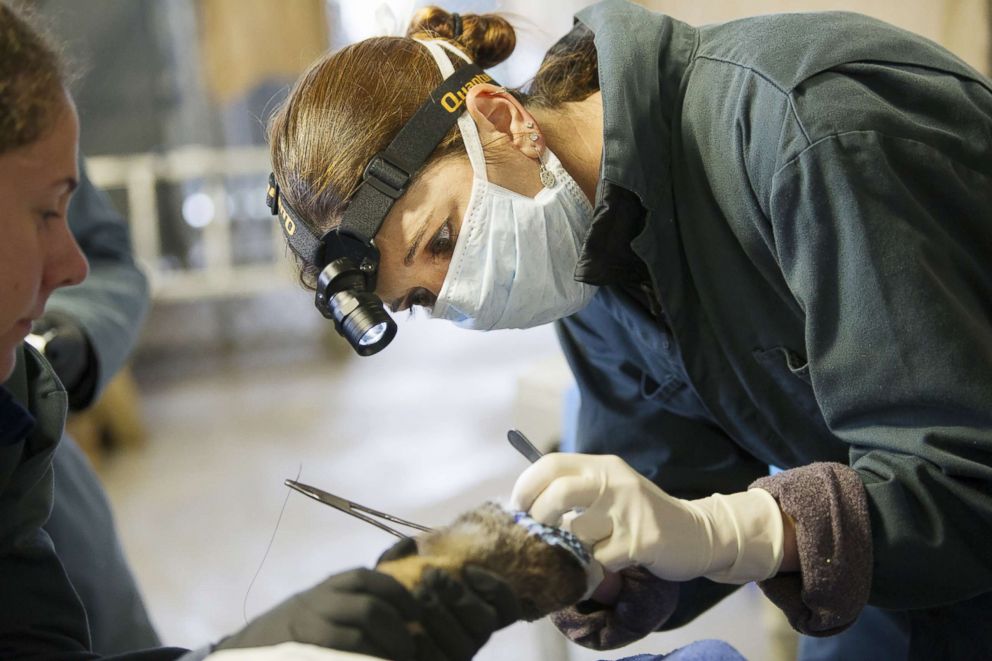
“I thought to myself, ‘Well, I’ve been looking into this for a while,’” Peyton told ABC News. “No one has treated wildlife burns to this extent.”
Sterilized tilapia skin was brought to operating table, working as a “biological band-aid” for the mountain lion known internally as "Charmander."
In a three-hour procedure, they cleaned the wound, sewed the fish bandages in place, and gave the cat a standard check-up. The mountain lion woke up with a bandage of fish skin stitched onto the good tissues surrounding the burns on his hind right paw.
The tilapia skin provides three benefits: excellent protection (the scales are tough), help with pain (it covers nerve endings), and two types of collagen that promote faster healing, Peyton said.Fresh fish was bought from a market before the harvested skin went through a sterilization process, making it ready for medical use, she added.
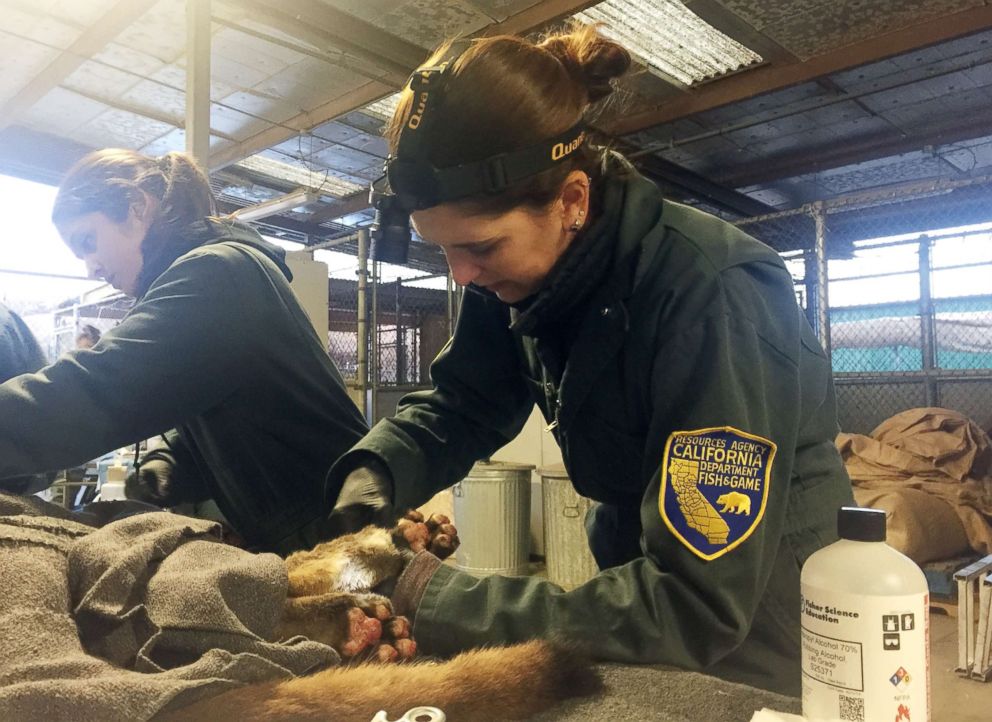
“It’s pretty exciting,” said Peyton, who hopes to get donations to fund research. “This treatment can be used not just in California, but around the country, to help others learn to use this.”
In Brazil
The clinical studies in Brazil started last year after a researcher realized that tilapia, an abundant fish in the country, was being harvested for food while having its skin tossed aside.
This is why scientists at the Federal University of Ceara in northern Brazil started to use the fish skins as bandages for burn wounds.
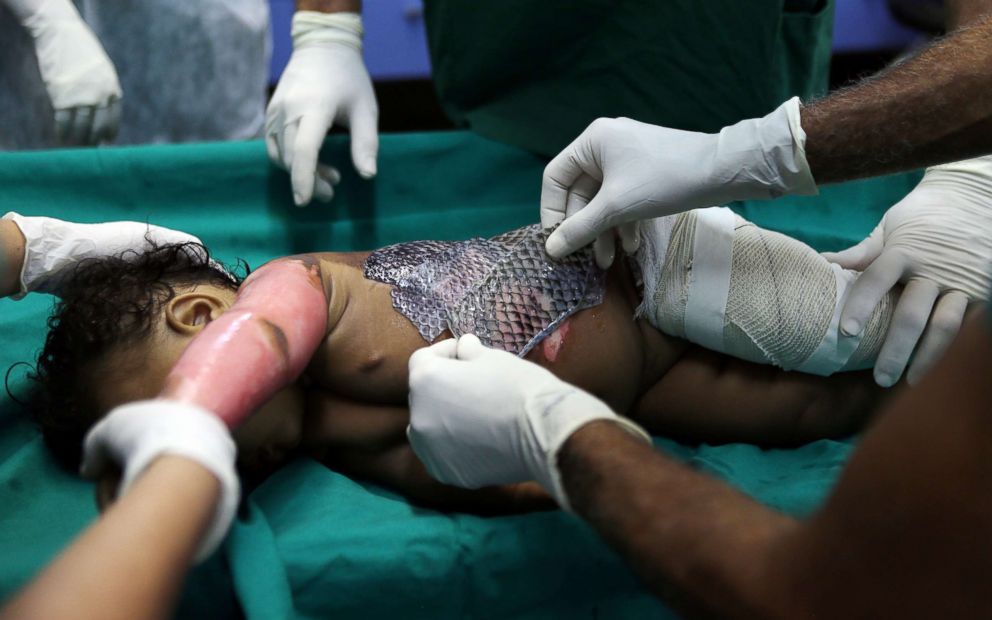
"We don't have many skin banks in Brazil," said Odorico de Moraes, a professor at the university that leads the research, claiming that the fish skin bandages are 60 percent cheaper than going to the few skin banks which offer human or pig skin..
After doing tests on animals, the trial on humans started, and now Brazilian doctors have successfully treated 129 patients.
De Moraes claims their fish skin studies prove that tilapia has five times as much collagen as human skin, so it protects against scarring.
De Moraes said, "To improve the process of healing, prevent infection and loss of liquids from the body, and decrease pain," fish skin was an improvement over cloth bandages. The fish skin doesn't need to be changed as the burn heals, and changing bandages is one of the most painful parts of recovery.
Clinical trials at four locations in Brazil will show whether the fish skin is safe and effective.
They're aiming to get 150 patients treated at their hospital, said de Moraes.
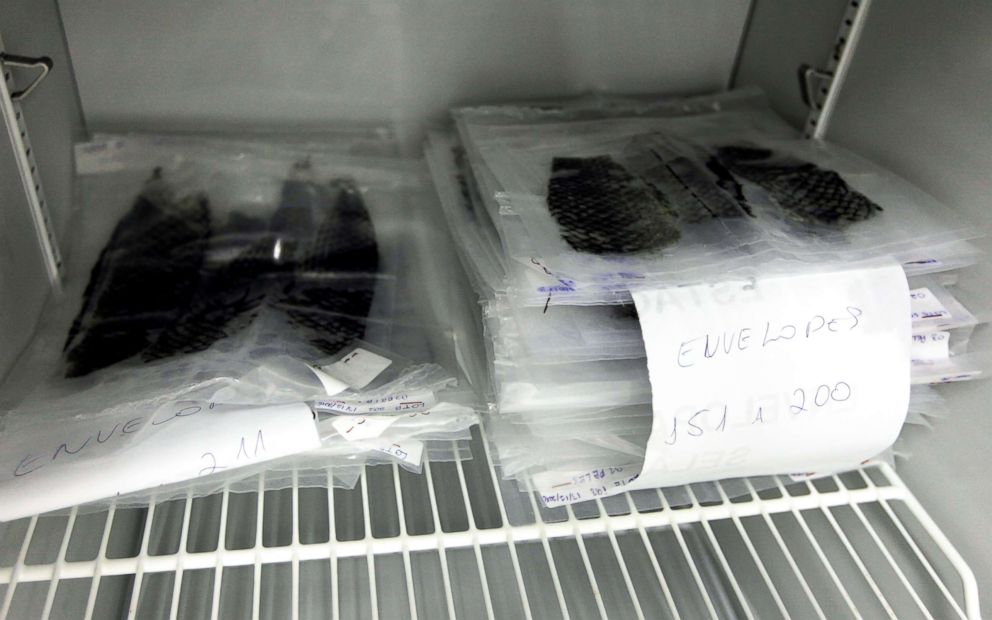
In the United States, however, Peyton doesn’t foresee this tilapia skin bandage getting FDA approval.
In the U.S.
“It’s unlikely to be predominant in the U.S.,” said Peyton. “We have a lot of banks of human donor grafts.”
Dr. Peter Grossman, medical director of the Grossman Burn Centers, agrees, and said that skepticism about any new treatment is important.
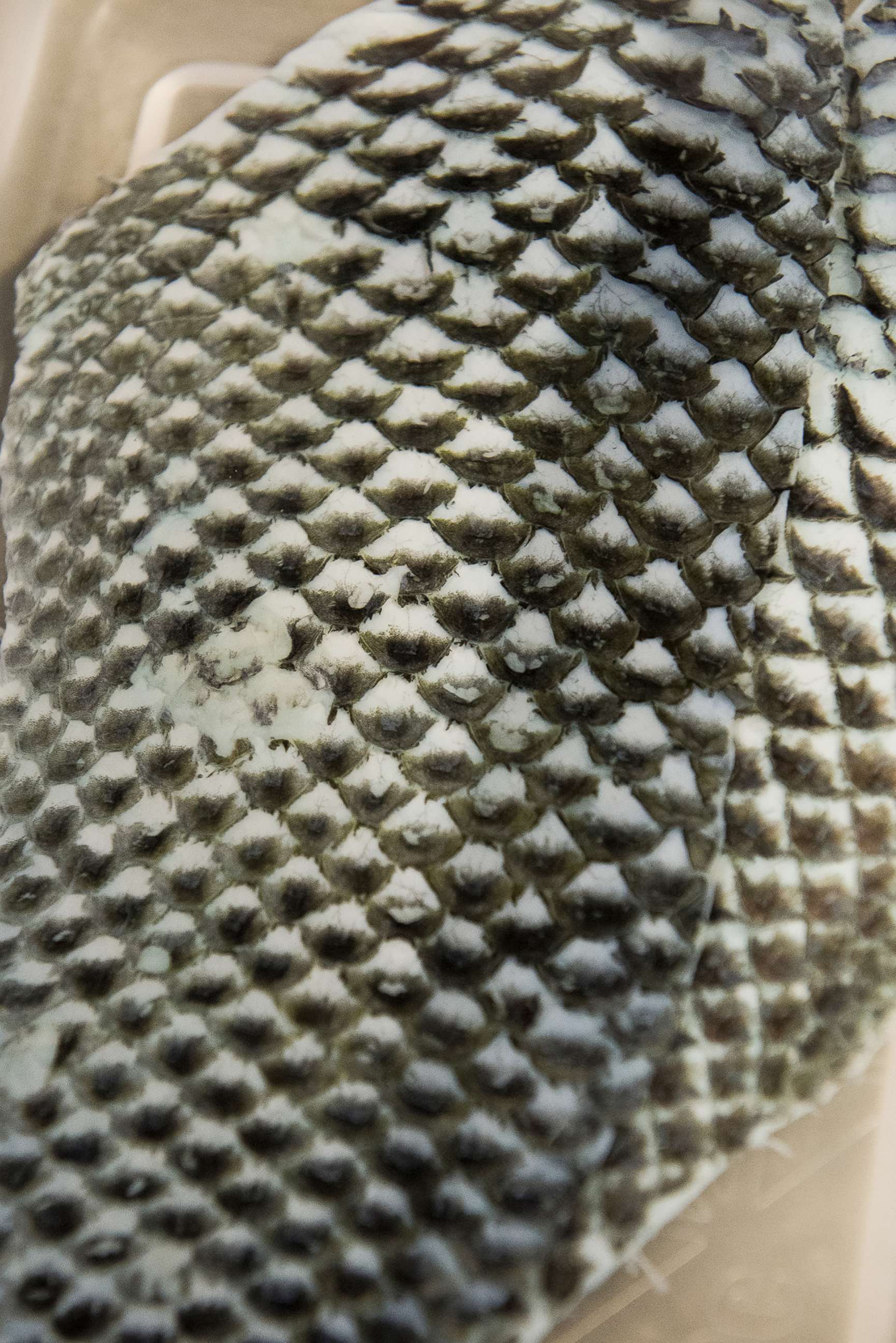
"Sometimes it can be a pretty big fish tale," he joked, but explained, "It's not a replacement for skin graft, but it could be a good tool."
Grossman notes that human skin given by donors and pig skins are the more established treatments in the U.S., which makes the idea of putting fish skin onto people hard to envision.
There are a lot of new biological treatments that are FDA-approved and made from mammals, unlike the fish skin, in the U.S., Grossman said.
"I still think it is going to take some time before it is socially accepted even in animals," said Grossman of tilapia bandages. But "sometimes simpler can be better, so we have to keep an open mind," he said, despite the wider options of skin grafts available in the U.S.

Given the studies' results, Grossman added that "it's not a bad idea" for partial thickness wounds, which are wounds where some of the tissue and nerve-endings are still intact.
For more severe, third degree burns, however, tilapia bandages wouldn't be as effective in his opinion.

"I think it has significant benefit globally," said Grossman. "Throughout the world, burn injuries are among the leading causes of death because they don't have the ability to treat like we do."
It is tough and expensive to have a treatment approved by the FDA, Grossman said.
In veterinary medicine
"I think if we can use something on cutting edge to help animal patients ... I'm excited by the idea," said Dr. Elisa Mazzaferro, a clinical professor Cornell University Veterinary Specialists. "I think it's potentially very beneficial."
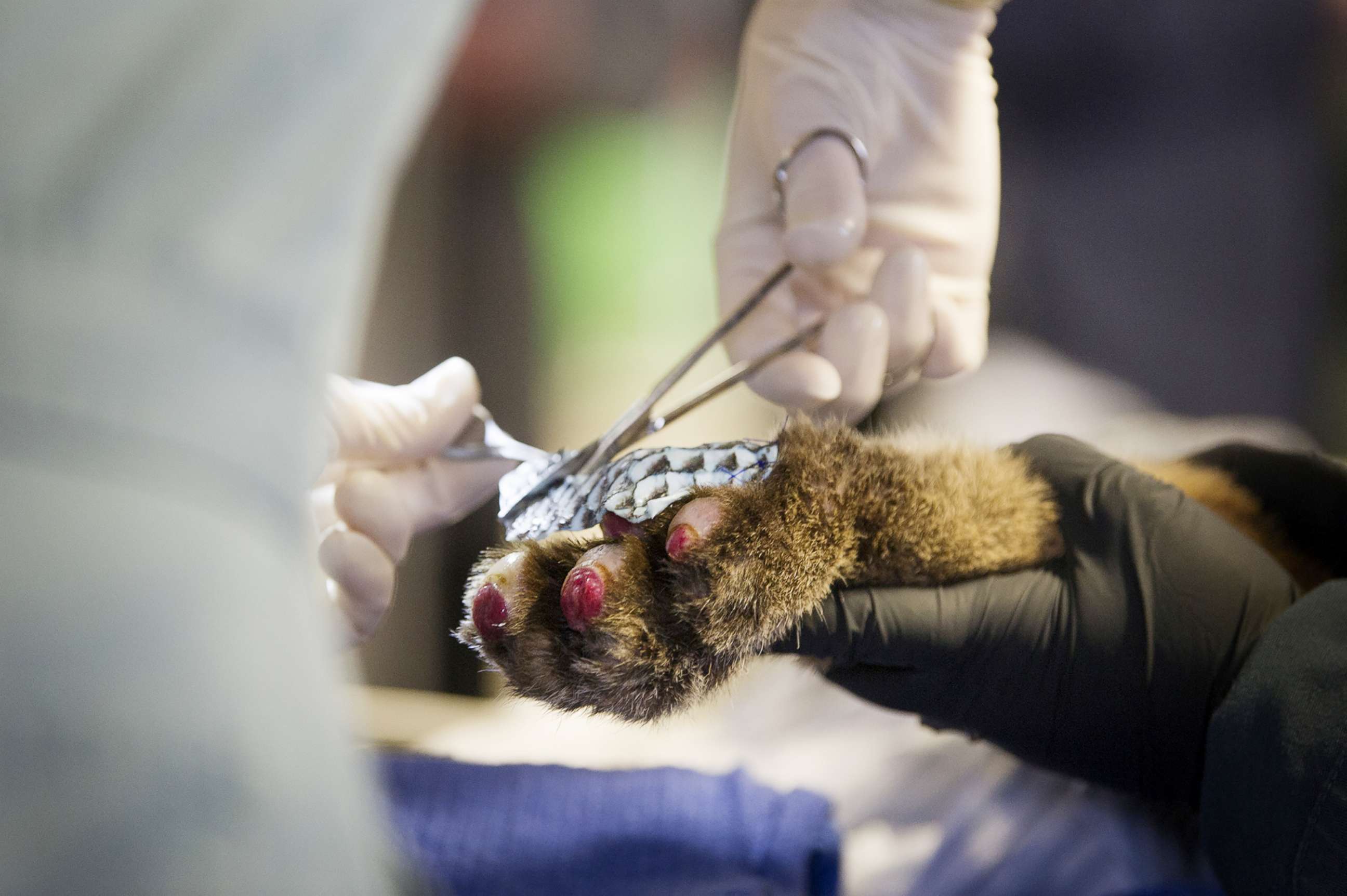
Mazzaferro said that standard treatment for burns is a cloth bandage, and animals tend to chew at them -- often needing surgery to remove the bandages from their system. Other burn treatments, surprisingly, include table sugar, honey, and extremely expensive seaweed cream.
"I always like to think out of the box, especially in emergency and critical care medicine when things can take a turn in the other direction," Mazzaferro said of the fish skin bandages' potential.
Applying treatments and using anesthesia, particularly in cases of wild animals, causes an animal a lot of stress, so this experimental bandage could be beneficial if it could cause less stress and minimizes pain, she added.
"Availability is the most limiting thing," Mazzaferro said. Acquiring tilapia in Stamford, Connecticut, where she practices, would be a barrier.
She also fears that someone may hear of the treatment and try it on their own without taking measures to sterilize the fish or seeking a medical professional.
On the other side of the country, in California, Peyton is passionate about continuing research at the UC Davis after seeing how well it has worked for Charmander the mountain lion.
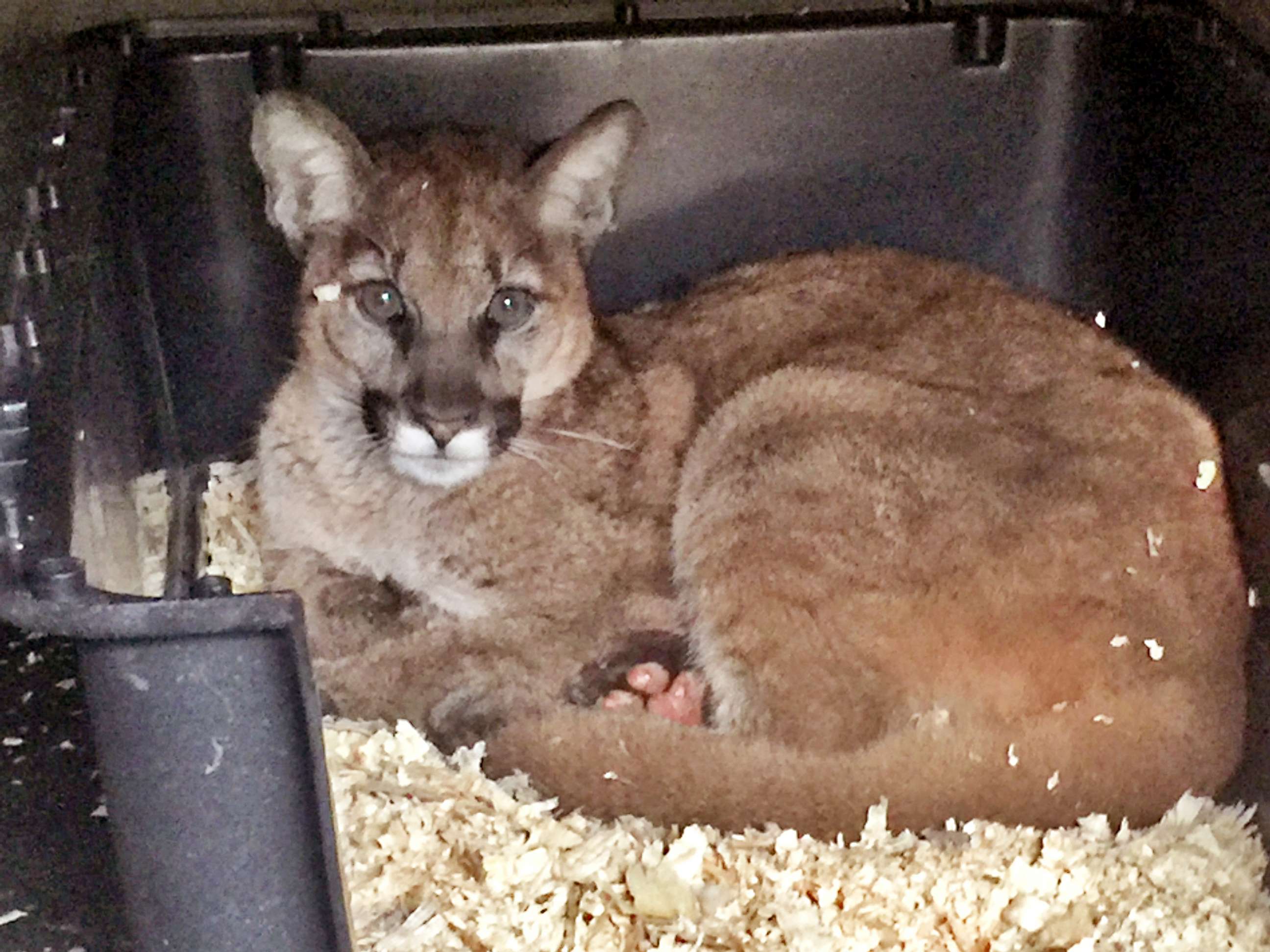
“He’s doing great,” she said. “He’s a funny little guy.”
The team of vets agreed that it’s been helping the wound heal well, despite the fact that the mountain lion managed to chew off the fish skin after a few days.
“He is a cat, and whether domestic or wild, they do not like things on their feet,” said Peyton, explaining that "it's fish, so it's safe for him to eat."
The veterinary team and students at UC Davis are working with the CDFW, compiling research and results from the other two animals undergoing the fish skin treatment for their severe burns from the California wildfires.
But once they've got the skin, what happens to the rest of the tilapia?
"I always joke that we feed it to the students," laughed Peyton.




